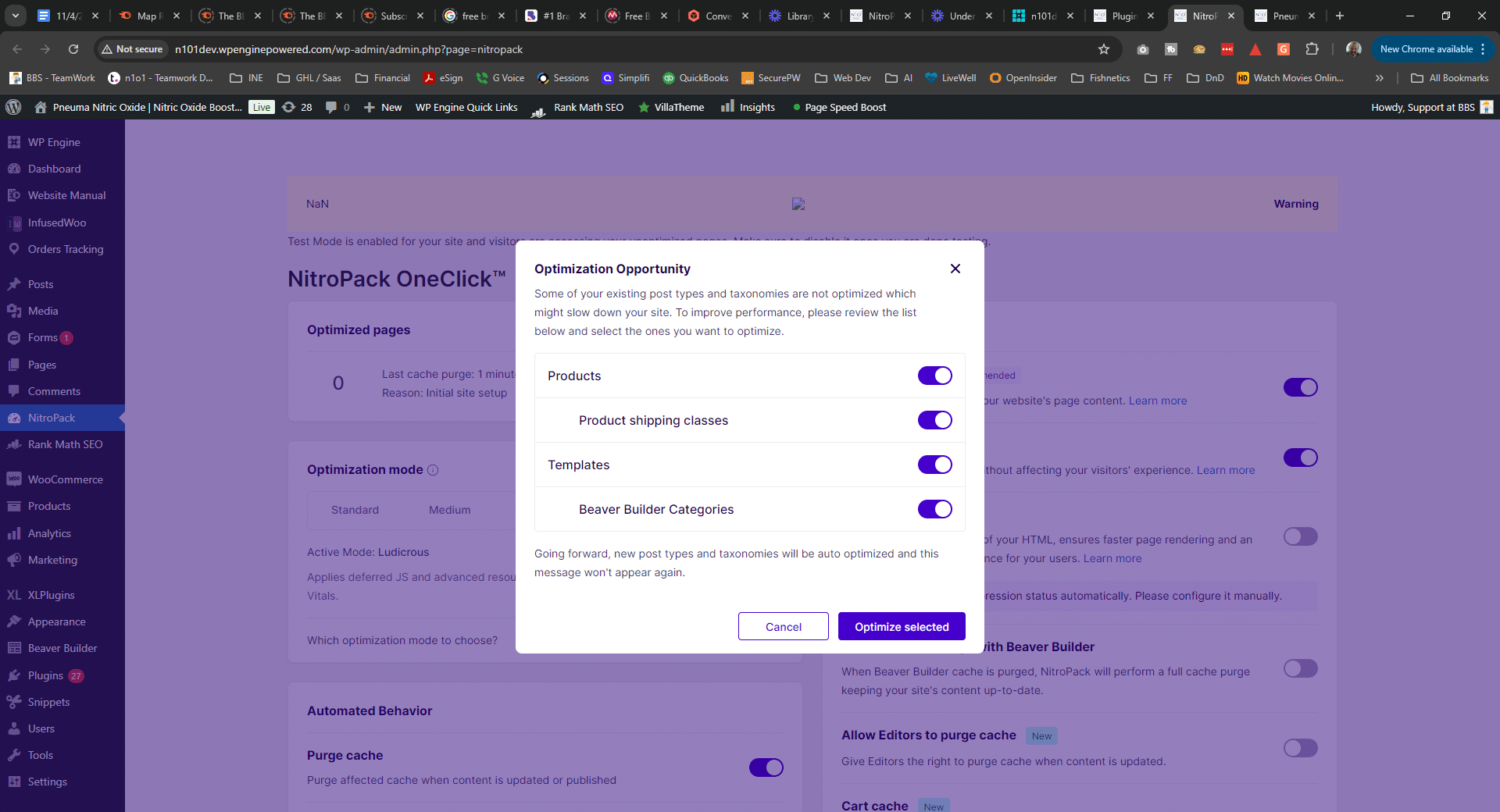Contrary to popular belief, content itself provides no sustainable competitive advantage. However, a content strategy might. Your content strategy is made up of the activities that your company performs. And in order to have a competitive advantage, you need to do different activities than your competitors or perform similar activities, but do them better. And no, that doesn’t mean to create better or different content because like we said above, it’s not the content itself that provides the competitive advantage. Think about it this way… you see a lot of content on the internet and after a while you notice that it all kind of blends together. Businesses within the same niche are sharing the same information with you. But it’s the way in which they present the information that makes it resonate with you vs the way the information is presented by someone else. Keep reading to learn more about how to use your content strategy to your competitive advantage. If you have any questions about your content strategy or want us to handle it for you, reach out to us at Prebuilt Sites or The BBS Agency. We’d love to help you out!
A CMO recently asked if he could push back on a word I used in a webinar – a word that marketers tend to throw around a lot.
I replied, “Sure, push away.”
The word was strategy.
I had talked a lot in the webinar about how the content itself provides no sustainable competitive advantage. However, a content strategy might.
The CMO asked: “What is a content strategy, and how does it provide a competitive advantage if the content itself does not?
“Isn’t the strategy supposed to define the content?”
OK, yeah, time to go get a cocktail.
Defining strategy
Now, I didn’t have to come up with a great definition of “business strategy.” Harvard professor Michael Porter has already formulated a perfectly capable answer. (I cannot implore you enough to go learn from him.)
Anyway, I won’t and can’t do it justice here, but I’ll paraphrase a few points from his seminal article What Is Strategy published in 1996:
A strategy is the creation of a “fit” among a company’s activities – establishing a unique and valuable position, involving different sets of activities:
- Serving the FEW needs of MANY customers
- Serving the BROAD needs of FEW customers
- Serving the BROAD needs of MANY customers in a NARROW market.
A strategy requires the business to make these trade-offs in where to compete – and make decisions about what NOT to do. The success of a strategy involves creating a broader ‘fit’ among all the activities the company decides to perform.
As you might guess, “activities” are the important part of that breakdown. As Porter says, “Ultimately, all differences between companies … derive from the hundreds of activities required [to run the business] … Activities then are the basic units of competitive advantage.” (The emphasis is mine.)
However, Porter observes a difference between simple operational effectiveness (OE), which he defines as “performing similar activities better than rivals,” and strategy, which is performing different activities than rivals or performing similar activities in different ways.
Thus, strategy is “creating a fit among a company’s activities,” according to Porter. Different or differentiated activities position the competitive advantage.
You can see the immediate alignment when you think about content strategy and marketing your business. Everything you’ve been taught centers around developing strategic content that fits the activities that enable your business. You’ve learned to communicate with audiences in a coordinated and differentiated way.
Your challenge for competitive advantage? Do those things efficiently, but find ways to do them differently.
So, my response to the CMO’s question about what a content strategy is was easy: “It’s what Michael Porter said.”
No, I’m kidding. I actually said, “A great content strategy is the coordination of all the activities required to enable a business to communicate effectively.”
A content strategy is not “the brand will talk about X, Y, and Z.”
A content strategy fits together different activities or activities the brand will do differently so the brand can talk about whatever it determines it needs to talk about.
Then, I thought about the second half of the question – how does content strategy provide a competitive advantage if the content itself does not?
Is content a sustainable strategic differentiator?
I went back and read for like the fourth time Rita Gunther McGrath’s book The End of Competitive Advantage. (She is another teacher who is just unbelievably influential.)
She vividly illustrates that all competitive advantage is transient – and now perhaps more transient than ever. This fact, she contends, is understood. But then “why,” she asks, “hasn’t basic strategy practice changed?”
Most executives, even when they realize that competitive advantages are going to be ephemeral, are still using strategy frameworks and tools designed for achieving a sustainable competitive advantage, not for quickly exploiting and moving in and out of advantages.
The last part of that sentence really struck me and has the deepest implications for the evolving practice of strategic content marketing in a business.
The application and strategic nature of content as a business activity are challenged by this very thinking. After having the privilege of working with hundreds of enterprise brands over the last five years, I’ve concluded: Most businesses think about how they can change content to fit marketing’s purpose instead of how they might change marketing to fit content’s purpose.
So, no, the content itself will never be a sustainable competitive advantage or differentiator – all content is easily replicable and, at best, only transient in differentiated value.
Instead, change your perspective. Recognizing you and the activities you perform are a competitive advantage. Critical to future success is your ability as a team to be dynamic and fluid – moving in and out of “arenas” (as McGrath calls them) and creating temporary advantages.
Here’s the real takeaway. Ask yourself if you truly believe compelling, engaging, useful, and dynamic content-driven experiences will ultimately move the business forward.
If the answer is yes, then the strategic value is in your ability to evolve and coordinate all the activities to repeatedly create those valuable experiences. It is not the content itself or where you distribute it.
Seeing this strategic value presents implications, many of which I’ve talked about:
- Businesses must increasingly stop organizing and scaling new marketing teams based on platforms, technologies, or inside-looking-out views of the customer journey. The successful business becomes skilled and integrated at operating and managing all manners of content-driven experiences. The format and placement of them on multiple channels will always be temporal.
- Businesses must stop looking at content from a container-first perspective – solely designed to support marketing tactics or initiatives. Instead, businesses must identify the operation of content as a function increasingly supporting the fluid use of content to fuel better customer experiences.
- Businesses will win with content marketing when they can constantly reconfigure their activities and manage portfolios of content-driven experiences. When one experience is no longer advantageous to the business, they do not say, “That’s the way it’s always been done.” Instead, they healthily disengage and dismantle these experiences.
HANDPICKED RELATED CONTENT:
Content strategy are activities that fit together
It all drills down to the business’s ability to adapt to change. As Michael Porter says, getting to simple operational effectiveness (e.g., efficiency) is “seductive because it’s concrete and actionable.” It’s just easier to see how the common activities of content creation, management, activation, and measurement can be made more efficient.
More difficult is to determine the different activities the business will do and which activities the business will do in a different way.
If you think about it, content strategy – and the activities fit together – is the thing that must change all the time. Your business’s content capabilities reflect its ability to communicate. And your ability to evolve your communication is, indeed, the only thing that creates any competitive advantage.
In fact, in many cases, the activities around content are the only thing that can evolve. As Jonathan Mildenhall, then the vice president of global advertising strategy and creative excellence, pointedly told me, he couldn’t change anything about the iconic nature of the packaging or the product of Coca-Cola. The only thing he could build upon is the experiential media and conversation around that product. As he said:
Coca-Cola can be viewed as a huge media brand with amazing reach and frequency. The question we ask ourselves is, ‘Can we use our assets as content, and can we create content out of our assets?
In short, Coca-Cola changed. Instead of viewing content as a way to fit marketing’s purpose, Jonathan changed marketing as a way to fit a content purpose.
This is content strategy in your world as marketers. This is the change you should strive for.
HANDPICKED RELATED CONTENT:
Get Robert’s take on content marketing industry news in just five minutes:
Source: Content Marketing InstituteWatch previous episodes or read the lightly edited transcripts.





